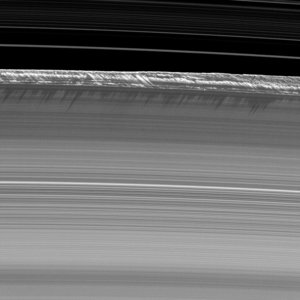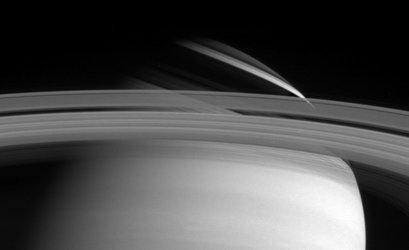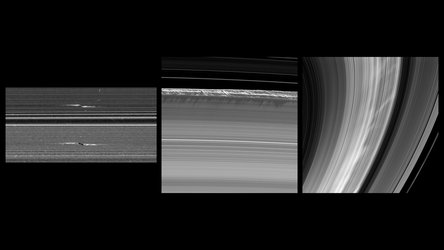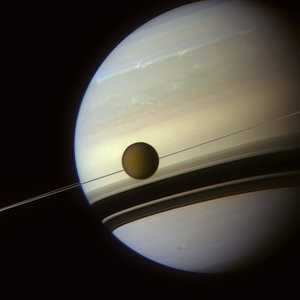Accept all cookies Accept only essential cookies See our Cookie Notice

About ESA
The European Space Agency (ESA) is Europe’s gateway to space. Its mission is to shape the development of Europe’s space capability and ensure that investment in space continues to deliver benefits to the citizens of Europe and the world.
Highlights
ESA - United space in Europe
This is ESA ESA facts Member States & Cooperating States Funding Director General Top management For Member State Delegations European vision European Space Policy ESA & EU Space Councils Responsibility & Sustainability Annual Report Calendar of meetings Corporate newsEstablishments & sites
ESA Headquarters ESA ESTEC ESA ESOC ESA ESRIN ESA EAC ESA ESAC Europe's Spaceport ESA ESEC ESA ECSAT Brussels Office Washington OfficeWorking with ESA
Business with ESA ESA Commercialisation Gateway Law at ESA Careers Cyber resilience at ESA IT at ESA Newsroom Partnerships Merchandising Licence Education Open Space Innovation Platform Integrity and Reporting Administrative Tribunal Health and SafetyMore about ESA
History ESA Historical Archives Exhibitions Publications Art & Culture ESA Merchandise Kids Diversity ESA Brand Centre ESA ChampionsLatest
Space in Member States
Find out more about space activities in our 23 Member States, and understand how ESA works together with their national agencies, institutions and organisations.
Science & Exploration
Exploring our Solar System and unlocking the secrets of the Universe
Go to topicAstronauts
Missions
Juice Euclid Webb Solar Orbiter BepiColombo Gaia ExoMars Cheops Exoplanet missions More missionsActivities
International Space Station Orion service module Gateway Concordia Caves & Pangaea BenefitsLatest
Space Safety
Protecting life and infrastructure on Earth and in orbit
Go to topicAsteroids
Asteroids and Planetary Defence Asteroid danger explained Flyeye telescope: asteroid detection Hera mission: asteroid deflection Near-Earth Object Coordination CentreSpace junk
About space debris Space debris by the numbers Space Environment Report In space refuelling, refurbishing and removingSafety from space
Clean Space ecodesign Zero Debris Technologies Space for Earth Supporting Sustainable DevelopmentLatest
Applications
Using space to benefit citizens and meet future challenges on Earth
Go to topicObserving the Earth
Observing the Earth Future EO Copernicus Meteorology Space for our climate Satellite missionsCommercialisation
ESA Commercialisation Gateway Open Space Innovation Platform Business Incubation ESA Space SolutionsLatest
Enabling & Support
Making space accessible and developing the technologies for the future
Go to topicBuilding missions
Space Engineering and Technology Test centre Laboratories Concurrent Design Facility Preparing for the future Shaping the Future Discovery and Preparation Advanced Concepts TeamSpace transportation
Space Transportation Ariane Vega Space Rider Future space transportation Boost! Europe's Spaceport Launches from Europe's Spaceport from 2012
Saturn at equinox
Thank you for liking
You have already liked this page, you can only like it once!
Saturn is famous for its bright, glorious rings but in this picture, taken during Saturn's 2009 equinox, the rings are cast in a different light as sunlight hits the rings edge-on.
The equinox is a point in a planet's orbit where the Sun shines directly overhead at the equator. It occurs twice per orbit and on Earth it happens in March and September. At the equinox, day and night are almost equal and the Sun rises due east and sets due west. This year, for northern hemisphere dwellers, the spring equinox occurs on 20 March.
Further afield, the international Cassini mission captured a Saturnian equinox for the first time on 12 August 2009. Saturn's equinoxes occur approximately every 15 Earth years and the next one will take place on 6 May 2025.
When Saturn's equinox is viewed from Earth, the rings are seen edge-on and appear as a thin line – sometimes giving the illusion they’ve disappeared. In this image however, Cassini had a vantage point of 20 degrees above the ring plane, and viewed the planet from a distance of 847,000 kilometres. Its wide angle camera took 75 exposures over eight hours, which were then aligned and combined to create this mosaic.
As the Sun is striking the rings straight on, rather than illuminating them from above or below, the shadows cast by the rings onto the planet are compressed into a single narrow band on the planet.
The rings also appear darker than usual. This can cause out-of-plane structures to look brighter than normal and then cast shadows across the rings. These Saturnian shadow puppets only appear a few months before and after the equinox. The shadows that Cassini saw revealed new ‘mountains’ in the rings, and also discovered previously hidden moonlets. Radial markings known as spokes are also visible on the B ring on the right side of the image.
Several moons are also visible in the mosaic: Janus (lower left), Epimetheus (middle bottom), Pandora (just outside the rings on the right), and Atlas (inside the thin F ring on the right).
Cassini explored the Saturn system for 13 years. It is a cooperative project of NASA, ESA and Italy’s ASI space agency. This image was first published in September 2009; read the full caption for more information and imaging details.
-
CREDIT
NASA/JPL/Space Science Institute -
LICENCE
ESA Standard Licence

Saturn’s B ring peaks

Dividing night from day on Saturn's rings

Shadow cast by Saturn's rings

Saturn’s ring features















 Germany
Germany
 Austria
Austria
 Belgium
Belgium
 Denmark
Denmark
 Spain
Spain
 Estonia
Estonia
 Finland
Finland
 France
France
 Greece
Greece
 Hungary
Hungary
 Ireland
Ireland
 Italy
Italy
 Luxembourg
Luxembourg
 Norway
Norway
 The Netherlands
The Netherlands
 Poland
Poland
 Portugal
Portugal
 Czechia
Czechia
 Romania
Romania
 United Kingdom
United Kingdom
 Slovenia
Slovenia
 Sweden
Sweden
 Switzerland
Switzerland

























